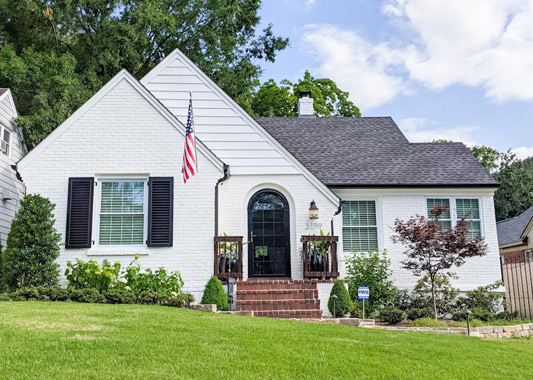The ancients provided the technologies for all of the building systems we currently have used for over the last 2,500 years. They interpreted the nature of natural building products and systems, from cement formulas, the archway, homes, and road systems. We have tried to substitute their system with speed and inexpensive materials, but classical architecture, traditional or modern, requires beauty and craftsmanship, not just speed.
For instance, mineral paints and plasters of ROMA follow the ancient traditions of our ancestors, requiring quality materials and applications. Slaked Lime plasters require at least a year of aging in lime pits that are daily cured by skilled artisans to reproduce Marmorino and Venetian plasters.
Historically, Marmorino was mentioned by Vitruvius as early as 100 BC, in his writings, “De Architectura”. And have you ever been in an Architect’s library that did not have a book about Andrea Palladio? Palladio re-discovered the lost art of manufacturing slaked lime plasters, 600 years after the fall of the roman empire.
Structures throughout Europe are still finished with mineral based paints and plasters which is why they still exhibit the harmony and the beauty of their historical origins. These ancient and historical buildings were designed also with passive energy systems so as to maintain a constant temperature for interior habitation, without adding the additional costs for energy, which was as much an issue in the 1500’s as is today.
This leads me to another famous architect, Frank Lloyd Wright. Wright designed Taliesin West in Scotsdale, Arizona to be his winter home. The home was built low to the ground, with heavy thermal walls and was sited very carefully in order to benefit from the breezes. His Jacobs House II was designed in a curve, facing south so that it could catch the sun all day as it moved and the rear was built into a berm for insulation and protection from the north winds. While I have no idea if any lime washes or plasters were used in either of these homes, I do know that they exemplify smart building science.
Imagine if Wright did use any of the afore mentioned products, not only do they carry on an ancient tradition of providing balanced interior temperatures, but they are 100% natural. If we could educate everyone on smart building science and materials that have been around for centuries, we might not need to go to the expense of “greening” our homes, schools, or office buildings.



 Photo Credit: Caldwell House, TN
Photo Credit: Caldwell House, TN